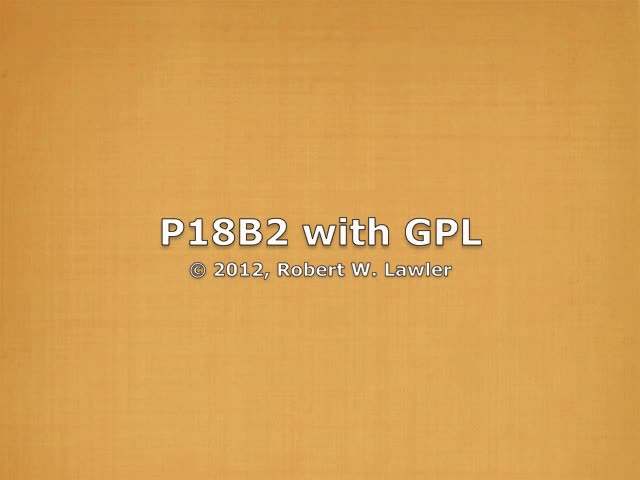
P18B2 Clip Notes
| Notes:n:nn | by Analyst, 10/17/2024 |
| Setting,Props | Brookline, Carriage House: |
| Actors,Aims | Peggy with Mom, and Scurry; Bob on camera. |
| Episode A: | Mom: How you doin’?… Can you stand up? Yeah. You can? You sure can… |
| Episode B: | Mom: There she goes again. Here, Scurry. Let me get this out of here… Here you go. What do you think of that, Peggy? Pretty soon you’re going to be bigger than she is… Yep… Well, except maybe in the eyes and in the nose. And the teeth? And certainly the tail. |
| Episode C: | Mom: Do you like Scurry? Is it okay for her to come along and… Wash your feet? |
| Episode D: | Mom: How come you don’t want to talk?… You were talking up a storm last night… Sitting, while Scurry was sneaking up behind you. Woo-woo woo-woo woo…. [a bit of drool] Yoink. |
| Episode E: | Bob: [from behind the camera] Hey, Peggy. Peggy. Can you look over here? Peggy… Peggy. [end of clip] |
| Episode | |
| Summary by AI |
A speaker interacts with someone named Peggy, encouraging her to stand up. Peggy can stand, and the speaker praises her effort. A dog named Scurry is present; the speaker clears something out of Scurry’s way. The speaker jokes Peggy will soon be bigger than Scurry. Playful comparisons are made about eyes, nose, teeth, and especially the tail. The speaker asks if Peggy likes Scurry and if it’s okay for Scurry to “wash” her feet. Peggy is quiet despite having been very talkative the previous night. The speaker recalls Scurry sneaking up behind Peggy while she was sitting. There’s a playful “woo-woo” vocalization, likely mimicking or addressing the dog. The speaker tries to get Peggy’s attention to look at them/camera; the clip ends. |
| Narrative by AI |
A short home video captures a quiet domestic moment between a caregiver, a small child named Peggy, and a pet—likely a dog—called Scurry. The setting feels casual and familiar: gentle prompts, light rearranging of the space, and the easy rhythm of everyday conversation. The clip opens with encouragement for Peggy to stand, a simple milestone framed by reassurance and patience. It’s the kind of scene many families recognize: coaxing movement, offering a steady hand, and celebrating the small successes that add up to growth. As the camera keeps rolling, the caregiver narrates in a conversational tone, noting Peggy’s changes and playfully comparing her size to Scurry’s. There’s a mention of eyes, nose, teeth, and even a tail—an affectionate way of marking differences between child and pet while keeping the mood light. The dynamic suggests familiarity between Peggy and Scurry, with Scurry nearby and involved, but gently managed so the child has room to explore and move. The interaction continues with a question about whether Scurry can “wash” Peggy’s feet, a humorous nod to a dog’s tendency to lick and investigate. Peggy isn’t very talkative in the moment, despite having been “talking up a storm” the night before. The contrast highlights the unpredictability of young children: chatty in one context and quiet in another, responsive one moment and contemplative the next. There are small sensory details—someone mimics a “woo-woo” sound, there’s a quick acknowledgment of drool, and repeated attempts to get Peggy to look toward the camera. These small beats help situate the viewer in the room: a bit of play, a little mess, and the steady cadence of an adult guiding the experience without forcing it. The tone remains warm but understated, prioritizing observation over performance. Taken together, the clip offers a snapshot of early development and human–animal companionship in everyday life. It shows how caregivers scaffold new skills with encouragement, how pets can be folded into family routine with care, and how moments that feel ordinary can still carry meaning. There’s no dramatic milestone or big reveal—just the incremental progress and quiet connection that make up much of early childhood. |
| Link Index | Panel P018, Language Development, Object Exploration, Social Interactions |
| Themes, Interplay |
